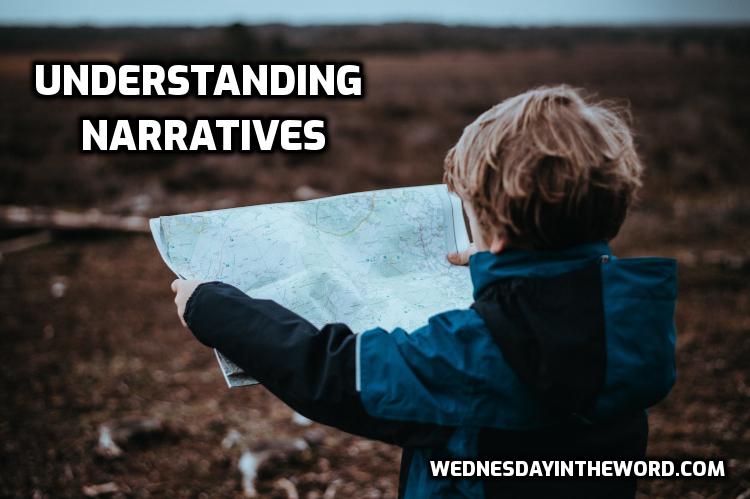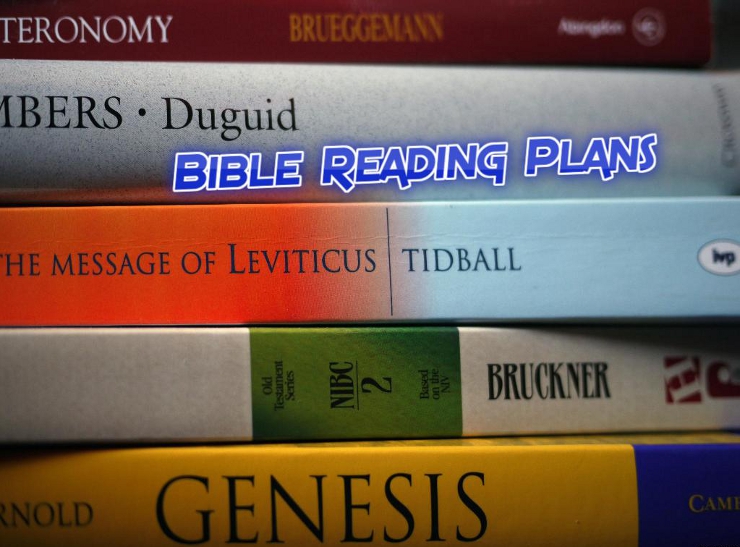
Bible Study 101: Tools
Bible Study 101: Tools – The basic tools needed for Bible study collected and explained on Wednesday in the Word.

Bible Study 101: Tools – The basic tools needed for Bible study collected and explained on Wednesday in the Word.

Bible Study Theory: The reasons why some methods are better than others.

Examining the connection between ideas is a useful tool for Bible study and discernment. As practice in discernment, find the wrong turn in the following argument.

Wondering how to get started studying the Bible? You can jump in anywhere. But here are a few suggestions to get you moving.

Online resources to help you study: maps, charts, outlines, key words, etc. On this one page, you’ll find links to websites and Bible study software.

Is your Bible study on break for the holidays? Many studies end before Thanksgiving and don’t resume until January. What can you do over break to stay in the Word? Here are some good ideas.

Bible Study 101 teaches you how to study the Bible, where to find study tools and how to use them. Bookmark or pin this page, as I update it frequently.

You’ve probably heard a teacher, pastor or preacher say something like “and then God told me.” What role does personal experience and/or personal revelation play in Bible study? Here are the guidelines I use when teaching.

Narratives are true stories. Over 40% of the Old Testament Scriptures are narratives. Generally, the purpose of a biblical narrative is to show the Lord at work in His creation. Every genre found in the Bible presents unique challenges for understanding. Narratives are no exception. With narratives we think in scenes, plot and character, rather than paragraphs and outlines.

Studying biblical prophecy is an often overwhelming task. Much of it is written in Hebrew poetry. The names and places are foreign, and the metaphors don’t always resonate with our modern ears. Yet we can usually understand the main point. If studying an Old Testament prophet overwhelms you, here are some tips to get you started.

Ultimately, how you handle your speaking notes will depend on personal preference. As you experiment, here are some ideas that may help you find your style and prepare like a pro.

Have you decided to read through the Bible as one of your New Year’s Resolutions? Here’s a great selection of plans to help you keep that resolution.